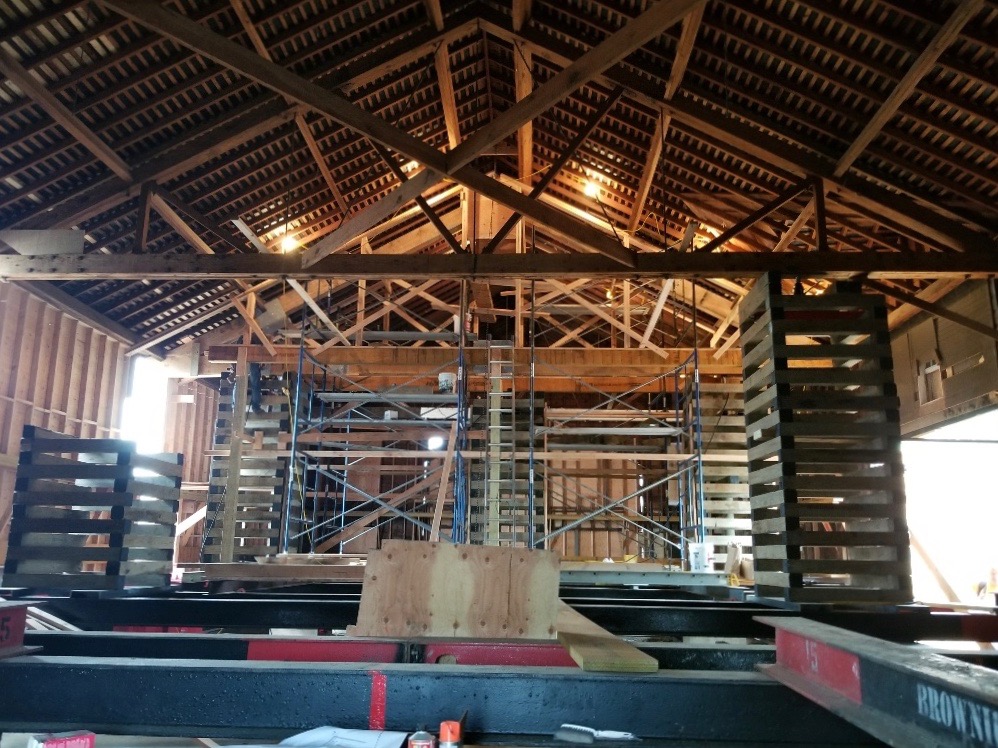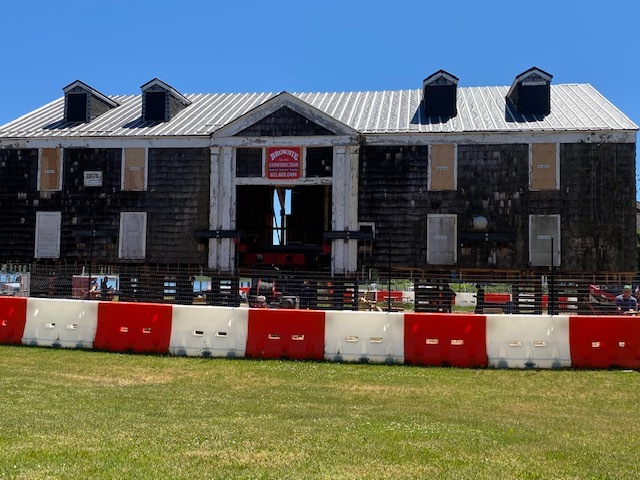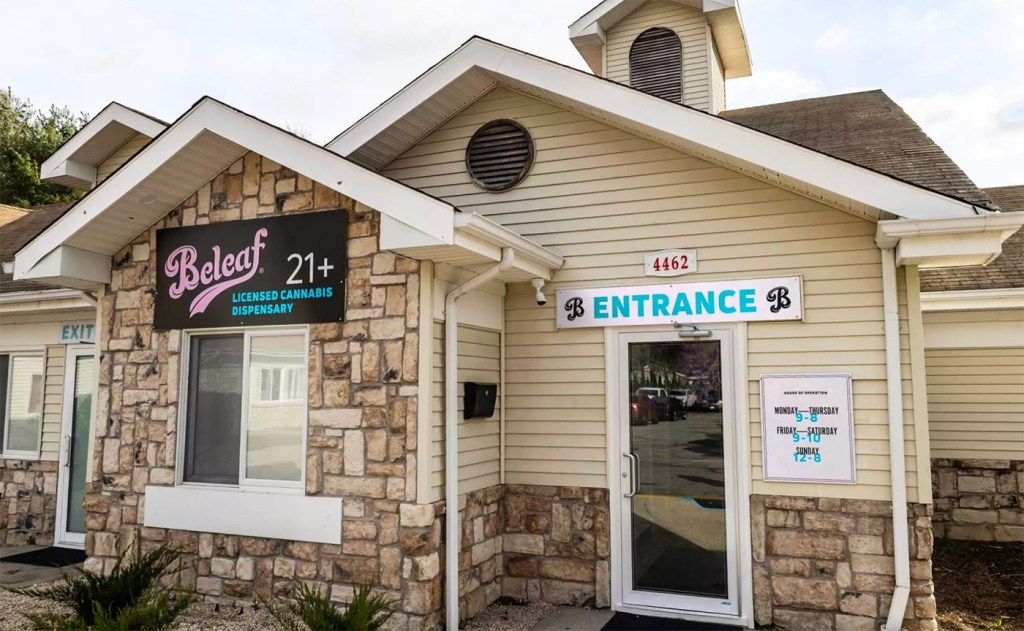Tupper Boathouse Gets A Lift


Restoration work to the Tupper Boathouse at Conscience Point kicked into high gear this week.
The North Sea structure, damaged during Superstorm Sandy, is being elevated above the floodplain to protect it from future storms. The lift and structural stabilization of the boathouse are part of a $1.29 million project. The Town of Southampton received a $450,000 federal grant to help pay for this initial phase of the restoration.
“Saving this building has always been a priority for me,” said Southampton Town Councilman John Bouvier, a liaison for the project. “The structure was sitting there for years in disrepair. This initial phase of the restoration is a critical first step to protect this historic site from future storm damage.”
The Tupper Boathouse was built between 1929 and 1931 and served as a boatbuilding workshop for the Tupper Motorcraft Boat Company until the 1950s, before being turned into a nightclub in 1959. In 2003, the town board approved using the Community Preservation Fund to purchase the property adjacent to the parcel to the north known as Conscience Point, believed to be the historic landing spot for early settlers. A portion of the shoreline fronting the boathouse was converted into a town marina with 68 boat slips.

The local community supported the renovation project for years, and many turned out to watch the lift. The stabilization portion of the project is being performed by Sound Beach-based Carter-Melence, Inc. and overseen by the Southampton Town engineer Christine Fetten.
“The neighbors and members of the North Sea community are excited that the first phase of restoration of the historic Tupper Boathouse is well underway,” said Ann Reisman, president of the North Sea Maritime Center, a local group of community members committed to raising additional funds to create a maritime museum and education center at the site. “When the restoration is complete, it will house the North Sea Maritime Center to provide historic and maritime activities, such as wooden boatbuilding, to the community as the Tupper family did when they lived and worked there.”



